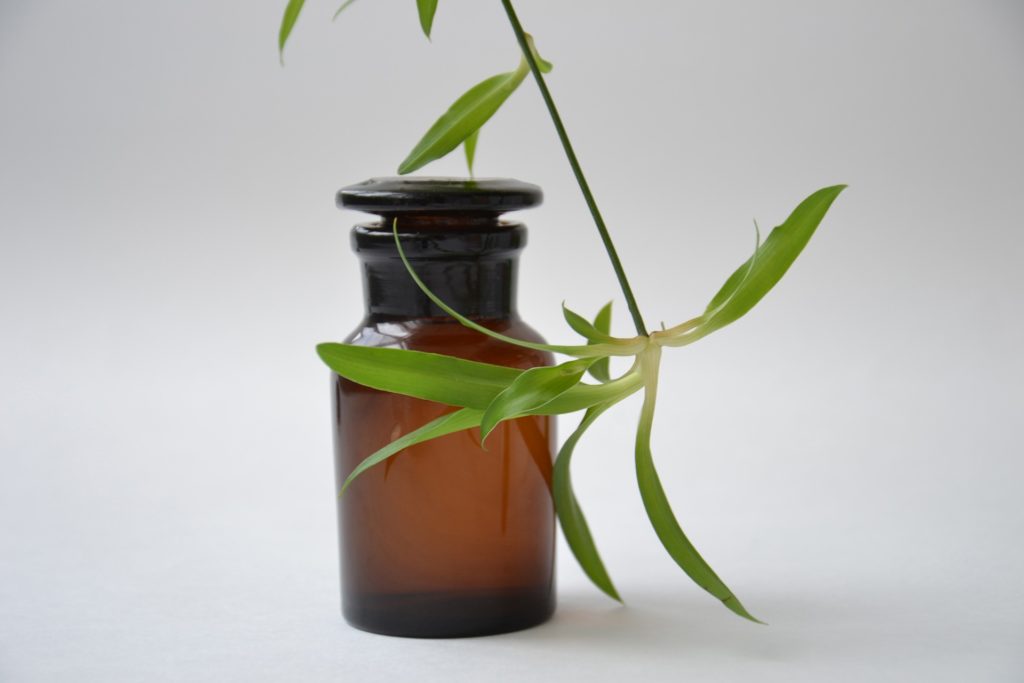
When we think of makeup we don’t usually think of the Bible for fashion tips! Seriously that’s not the first thing that pops into my mind. However, makeup has been widely used by men and women for thousands of years and in ancient Israel makeup was used for adornment as well as medicinal purposes.
Israel was a nation amid nations, standing apart from the cultures that surrounded them, being relatively nomadic during their earliest history, and being the birthplace of one of the first monotheistic religions in the world.
While they stood apart in many ways, they were however much influenced by the cultures around them and much of their fashion was derived through assimilation.
One of the sources of information we have on the ancient practices of the Israelites comes from the Talmud, the central text of Rabbinic Judaism. It mentions the uses of dyes of blue-black (kalal) for the eyes. “These are permitted in woman’s adornments: she treats her eyes with kohl.” (Talmud, Babylonian. Moed Kattan 9b).
Like in other cultures of the day, kohl had more than cosmetic purposes, also being used for healing purposes, it was believed to restore poor eyesight and reduce eye infection. With the use of mirrors made of highly polished silver and copper and small sticks, ancient Israeli women lined their eyes and eyebrows heavily with kohl. The upper and lower eyelids were painted in a line that extended past the ends of the eye, creating a more almond shape. Aside from being cosmetically appealing the kohl also worked to repel irritating insects that could transmit eye irritation and inflammation. Many of the uses of cosmetics were strictly codified by the laws of the Talmud, one of which was the uses of kohl. It was forbidden on the Sabbath, as it was considered a form of work much like cooking and other daily chores.
They used many other items other than kohl, such as rouge called sarak, violet for shadows called pikas, white to lighten their faces and other colors to tint their hair and nails, all of which are mentioned in the Talmud. They also used an evening mask to remove blemishes. It was made from flour mixed with fragrant spices. It was worn all night and washed away in the morning with milk.
The Talmud urged cleanliness and one was supposed to wash their hands each morning and evening before prayer. Women and men took great pains in their cleanliness, washing daily in rivers or from basins of water and using oils and cleansing creams made from animal or vegetable oil mixed with powdered lime and perfume which worked as soap. Another item pertaining to Biblical hygiene required that adults remove all body hair from the underarms, arms, legs and pubic area.
Teeth and breath were freshened by chewing on pellets made of ground tamarisk leaves. Although there is no evidence of toothbrushes or toothpaste it was known that people washed or wiped their teeth with cloths, cleaned between their teeth with cedar toothpicks and rinsed their mouths with salt water.
Head hair on both men and women was given great importance, shaven heads and beards were a sign of great disgrace and dishonor. Long hair was a mark of beauty, worn by men and women alike. The women of Israel kept their hair skillfully braided, in tight cornrows and they even used wigs and extensions to give themselves the thick hair they desired. Hair was only worn down by women on their wedding day as a sign of their purity.
Since the beginning of time makeup and fashion has found its place in every culture, religion and practice, Israel was no different.
Method Makeup Academy, Seattle’s Makeup School